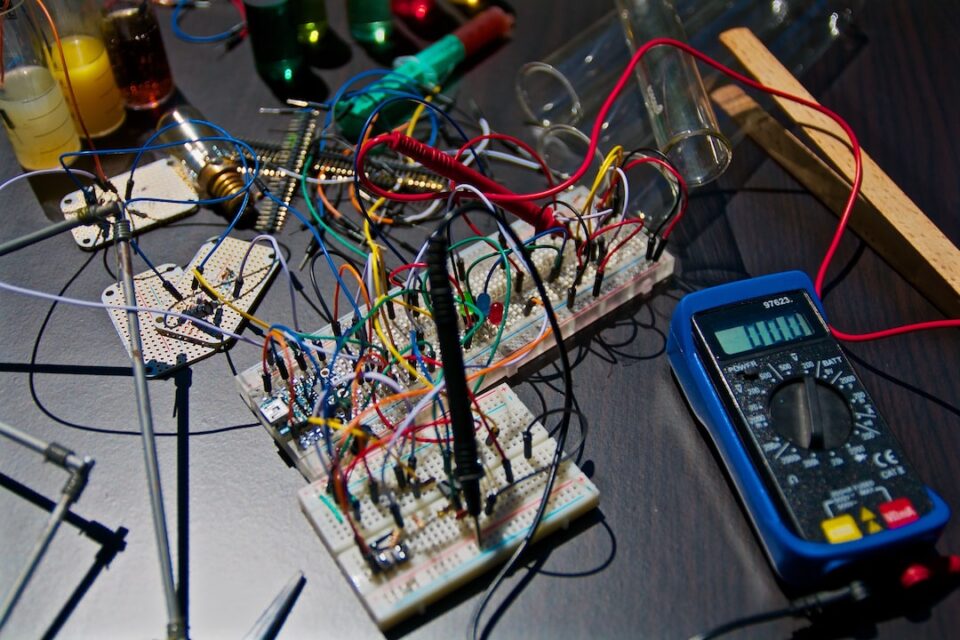How to Build a Gaming PC: A Step-by-Step Guide
Gaming has become more than just a hobby for many people. It has become a lifestyle, a passion, and a way to connect with others around the world. And what better way to enhance your gaming experience than by building your own gaming PC? Not only will it be customized to suit your needs, but it can also save you money compared to buying a pre-built system. So, if you’re ready to take on the challenge of building your own gaming PC, here’s a step-by-step guide to help you get started.
Step 1: Research and Plan
The first and most crucial step in building your gaming PC is to do your research and plan accordingly. Start by setting a budget, considering what kind of games you’ll be playing and your desired resolution and frame rates. This will help you determine the components you’ll need to buy. Look for compatibility between components and make a list of all the parts you’ll need – the CPU, motherboard, GPU, RAM, storage, power supply, cooling system, and a case.
Step 2: Choose the components
Based on your research, look for reputable brands and read reviews to select the best components that fit your needs and budget. Consider the processor, as it will determine the overall performance of your PC. Selecting a motherboard that is compatible with your chosen CPU is also crucial.
Next, choose a graphics card, which will greatly impact your gaming experience. RAM is also essential, so for gaming purposes, an 8GB to 16GB kit should suffice. For storage, consider investing in a solid-state drive (SSD) to ensure faster load times.
Step 3: Assemble the PC
Once you have all your components ready, it’s time to start building your gaming PC. Make sure you’re in a static-free environment with adequate lighting.
– Start with the motherboard: Install the CPU and cooler according to the manufacturer’s instructions. Then, install the RAM sticks in the correct slots. Ensure that you’ve installed the motherboard standoffs in the case before placing the motherboard inside it.
– Install the power supply: Carefully connect the power supply cables to the motherboard, GPU, and storage devices. Make sure all connections are secure.
– Install the storage devices: Connect the SSD or HDD to the motherboard using SATA cables.
– Place the GPU: Align the graphics card with the appropriate slot on the motherboard and secure it with screws. Connect it to the power supply using the necessary cables.
– Cable management: Neatly route all the cables and tie them down to ensure proper airflow and an organized interior.
Step 4: Install the Operating System and Drivers
After you’ve assembled your PC, it’s time to install the operating system. Insert the installation media (usually a USB drive) and follow the on-screen instructions. Once your OS is installed, ensure you have the latest drivers installed for your graphics card and other components. This will optimize your gaming experience and ensure compatibility with the latest games.
Step 5: Test and Optimize
Before you start gaming, run tests to ensure that everything is functioning as expected. Monitor temperatures, check fan speeds, and run benchmark tests to assess the performance. Fine-tune your PC’s settings to get the best performance and adjust graphics settings in games to suit your preferences.
Step 6: Enjoy Your Gaming PC
Congratulations! You’ve successfully built your gaming PC. Now it’s time to sit back, relax, and enjoy the fruits of your labor. Explore the vast world of gaming and immerse yourself in the stunning visuals and smooth gameplay your new PC has to offer.
Remember, building a gaming PC may seem daunting at first, but with proper research, planning, and the right components, it can be a rewarding experience. Not only will you have a powerful gaming machine, but you’ll also gain valuable knowledge about computer hardware. So, pick up that screwdriver and embark on your journey to build the gaming PC of your dreams!


